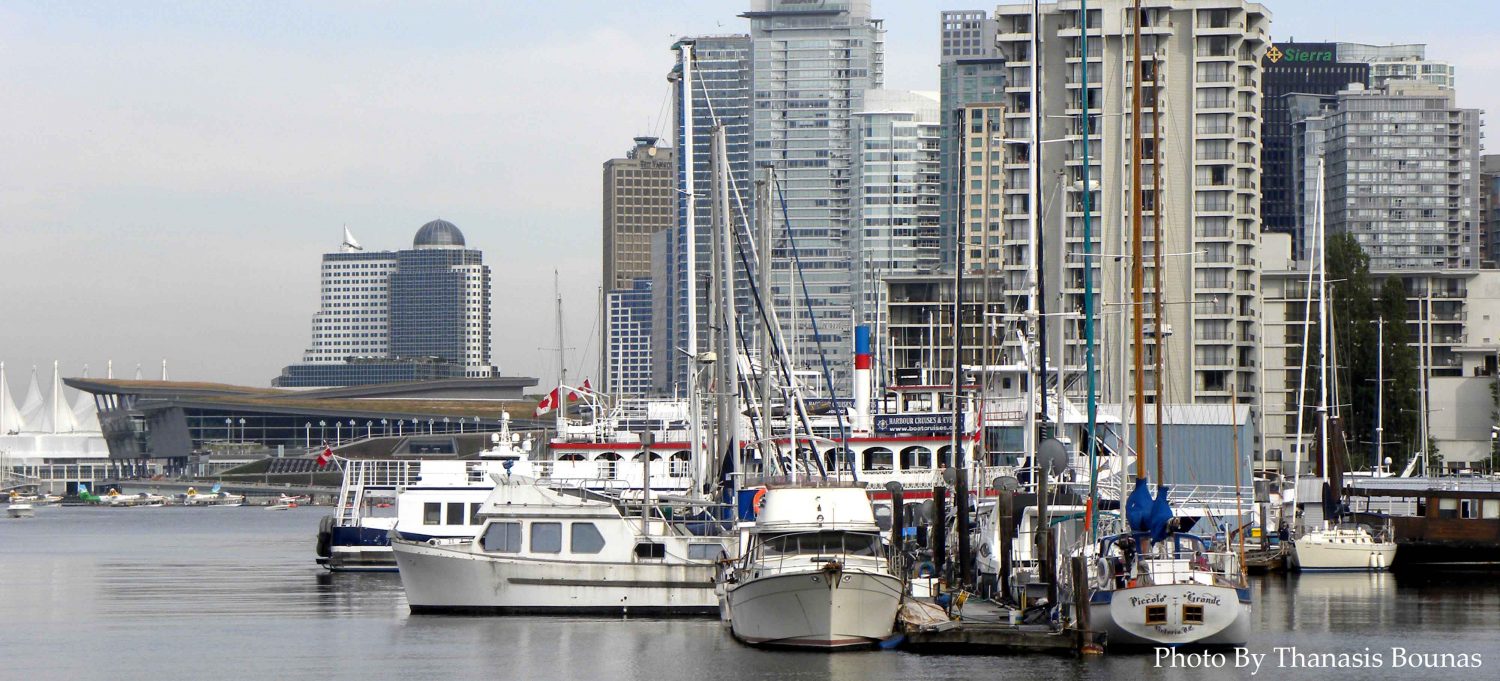
Land Between River and Sea
The city of Richmond, British Columbia, Canada, is a place shaped by water.
Nestled in the Fraser River delta, its islands and floodplains have long supported life — from Indigenous settlements to modern neighborhoods and farms.
Built upon the balance of land and tide, Richmond’s history reflects both its natural resilience and its deep connection to the sea.
Indigenous Roots and Ancestral Lands
Long before European settlement, the lands now known as Richmond were home to the Musqueam and Tsawwassen First Nations.
For thousands of years, these Indigenous communities lived along the riverbanks, harvesting salmon, sturgeon, and berries from the fertile delta.
The Musqueam name for the area — ʔəy̓alməxʷ, meaning “place of the floodplain” — reveals its importance as both a food source and a cultural landscape.
Their stewardship of these lands continues to influence local ecology and heritage today.
The Arrival of Settlers
European settlers began arriving in the 1860s, drawn by fertile soil and the promise of farmland.
Early pioneers built dikes and drainage systems to reclaim the low-lying terrain for agriculture.
Among them was Hugh McRoberts, an Irish immigrant whose farm would lend its name to Richmond’s McRoberts Road.
The area’s agricultural roots grew deep — dairy, berry, and vegetable farms became the backbone of a developing community.
A Municipality is Born
In 1879, the Corporation of the Township of Richmond was officially incorporated.
The name “Richmond” is believed to have been chosen after Richmond, England, or possibly in honor of an early settler’s ancestral home.
Over time, small settlements such as Steveston, Terra Nova, and Brighouse began to emerge, each contributing its own character.
The Fraser River’s channels served as natural highways, linking farms and canneries to the outside world.
The Fishing and Cannery Boom
By the late 19th and early 20th centuries, Richmond’s Steveston area became the heart of British Columbia’s salmon canning industry.
Dozens of canneries lined the riverbanks, employing a multicultural workforce of Japanese, Chinese, Indigenous, and European laborers.
Fishing boats filled the Fraser River, and Steveston earned the nickname “The Salmon Capital of the World.”
This era shaped Richmond’s economy and its diverse social fabric — one that continues to define the city today.
Challenges and Change
The mid-20th century brought both growth and hardship.
The internment of Japanese Canadians during World War II devastated local fishing families and altered Steveston’s community structure.
Postwar years, however, saw Richmond evolve into a key suburb of Greater Vancouver, with new schools, roads, and industries rising from its agricultural base.
As farmland gave way to development, the city’s identity began shifting toward modern urban life.
Becoming a City
In 1990, Richmond officially became a city, reflecting decades of population growth and economic diversification.
Its strategic location near Vancouver International Airport (YVR) turned it into a gateway for international trade and travel.
While urbanization expanded rapidly, the city maintained its balance — preserving farmlands, parks, and historic sites like Britannia Shipyards and London Heritage Farm.
Richmond became known for its multicultural vibrancy, innovative planning, and connection to the Pacific Rim.
Modern Richmond: Culture and Community
Today, Richmond, British Columbia, is a dynamic, multilingual city of over 200,000 residents.
It is home to one of Canada’s largest Asian communities and a thriving mix of cultures, cuisines, and traditions.
From the Richmond Night Market to the scenic West Dyke Trail, the city reflects both its rich history and its forward-looking spirit.
Sustainability, inclusion, and cultural preservation now define Richmond’s identity.
In Reflection
The history of Richmond, British Columbia, Canada, is a story of transformation — from river delta to modern city, from farmland to global crossroads.
Its journey from Indigenous lands to industrial hub and cultural mosaic mirrors the evolution of British Columbia itself.
To walk its dikes or visit Steveston’s wharves is to see the layers of history that built it — a city grounded in water, shaped by diversity, and forever looking toward the horizon.









Be the first to comment